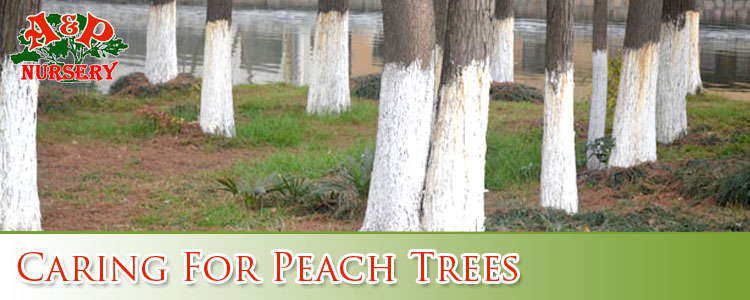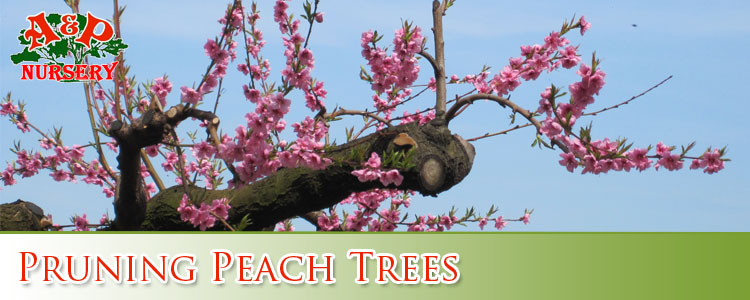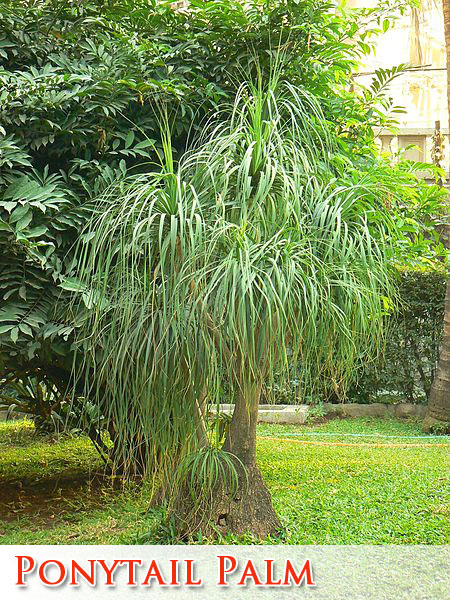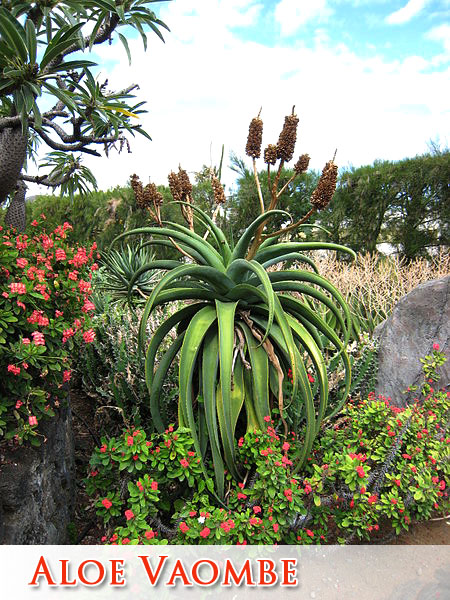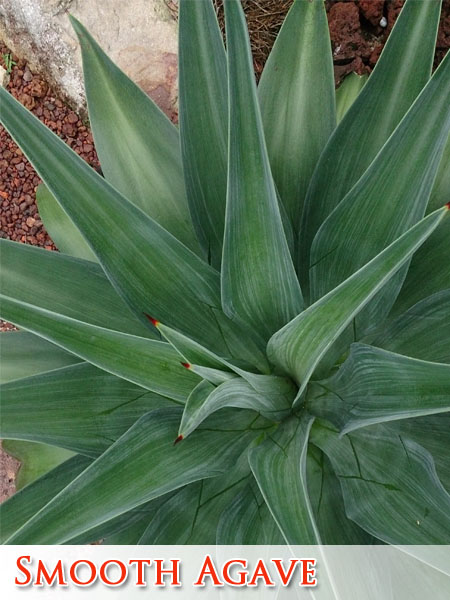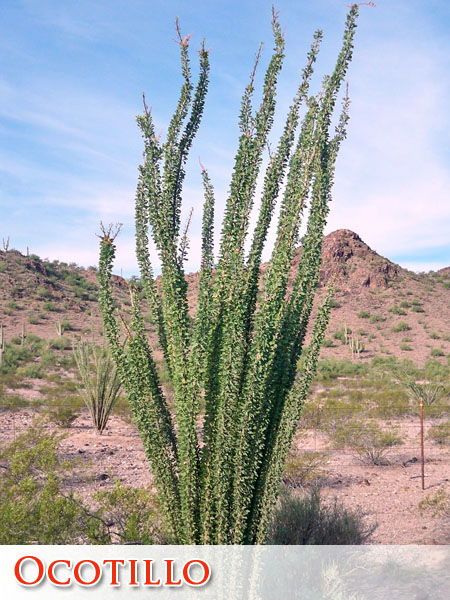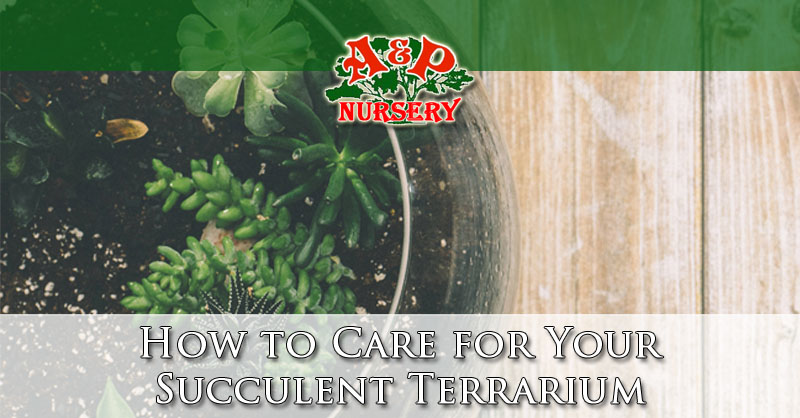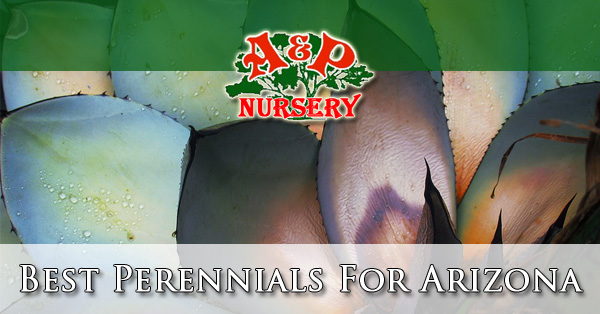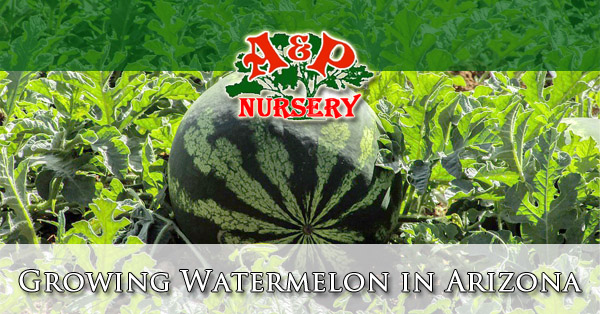There are three main categories for plant nurseries, which are: ‘Wholesale‘, ‘retail‘, and ‘mail-order‘.
On This Page:
Those who grow plants and flowers in bulk in order to resell to retailers, and certain businesses, such as landscapers and/or building contractors, are known as ‘wholesale nurseries’.
Wholesale Nurseries
Setting up wholesale nurseries consists of several decision making strategies, which have to be made before hand, things like what are you going to grow, who the customers are going to be, and your plans on delivering the plants or flowers to the customers. For instance, let’s suppose that your largest customers are going to be landscapers, in this case, it more than likely means that you will need to grow plenty field grown plants a little on the larger scale, and the plants and flowers for the summer will need to be plenty of container grown plants for transplanting.
Land & Labor Considerations
However, should you have Garden Center customers, you will need your plants and flowers to be accessible all year around, which means they will need to grow in containers that are singular, double, and quads. When you decide what it is you are going to be growing just remember that the key of a wholesale nursery making profit is to have a limited variety, and then grow large amounts of them. In order for the wholesale nurseries to be able to make their business work, they need a lot of land for growing, and a huge workforce.
Plant Selection
Wholesale nurseries sometimes specialize in the smaller starter plants; in the nursery industry they are known as ‘liners’. This type of nursery will sell their liners to both, wholesalers and retailers alike, and they will continue to grow them, selling to their own customers. Wholesale liner nurseries will typically include plants like tissue cultured plants, seedlings, and rooted cuttings. Because of they are cheaper to obtain and easy to grow, liners today are being produced from seeds. Plants which have been genetically improved of their uniformity, size, color, and many other traits, are the vegetative propagated liners, which have been becoming very popular as liner products. Included in the liner business is the need of maintaining plants at longer periods of time should there be difficulties that arise, which also includes a requirement of establishing a better cutting stock. Those who grow seeds have to be knowledgeable in the regards to the seeds provenance, for some trees might not do too well in different areas, as they would in another.
Retail Nurseries
It is not hard to guess who retail nurseries sell too, of course, they sell their plants to their retail customers. There are a few retail garden centers who will grow many of their plants themselves, however, most of them will purchase the plants from a wholesale nursery too resell to their customers. It is important that retail nurseries stay focused on their customer’s needs, this will let them know just what it is they should be selling. The retail nurseries high end or higher profit items includes plants in the larger sizes, and also accessories, such as window boxes, garden tools, and birdbaths, among many other accessories. The retail nurseries can make some of their profit from creating custom planters and replanting using decorative containers.
Mail-Order Nurseries
Selling their products through the mail are the mail-order nurseries. Many are still growing their own plants, while others are purchasing from the wholesalers to resell. More than any of the other nursery businesses, when in the mail-order nursery business, it is significant to be able to define your customer base. The nurseries that specialize in growing plants that are unique, and plants that are considered to be a specialty, which they are able to ship anywhere they want will have the highest profit margin, this is because the mail-order nurseries selling their plants to be picked up locally at a retail nursery are going to be less popular.
Phoenix Valley Nurseries
If you are looking for a local plant nursery to buy your plants, trees, or shrubs from in Mesa, Queen Creek, or Gilbert, Arizona A&P Nursery offers plants grow for sale by our own hands here in the valley. We grow our own stock to ensure the quality, health, and that the plants will thrive despite our incredible summer time heat. We have the right plants, tools, and knowledge for the Valley of the Sun and can help educate you on how to get the job done, or schedule services from our trusted landscaping partners.
A & P Nursery
40370 N. Gantzel Rd.
Queen Creek, AZ 85240
480-655-5789
A & P Nursery
2645 W. Baseline Rd.
Mesa, Arizona 85202
480-839-5362
A & P Nursery
6129 E. Brown Rd.
Mesa, Arizona 85205
480-396-8800
A & P Nursery &
Lawnmower Shop
2601 E. Baseline Rd.
Gilbert, Arizona 85234
480-892-7939
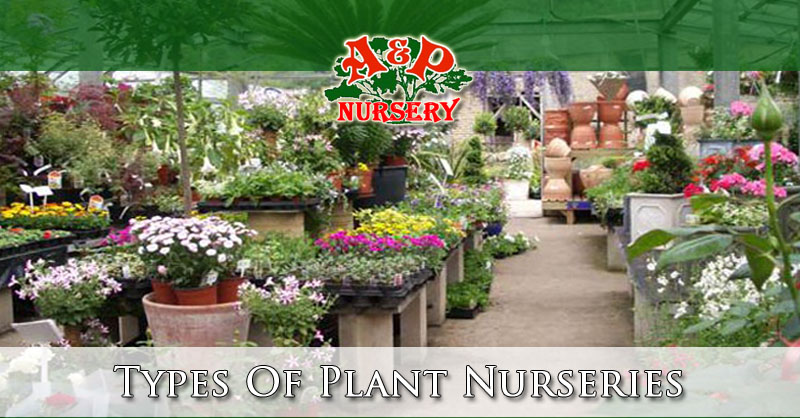
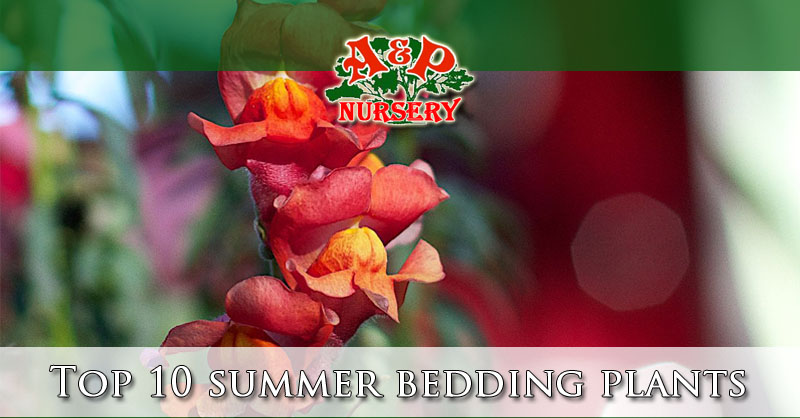
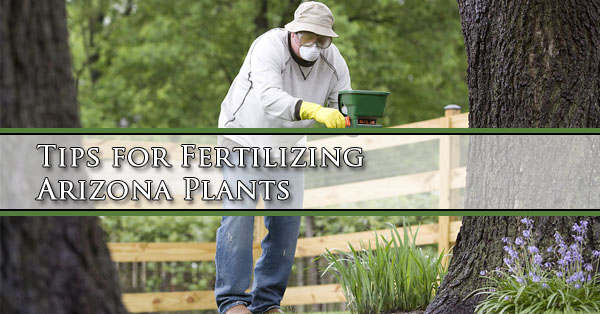
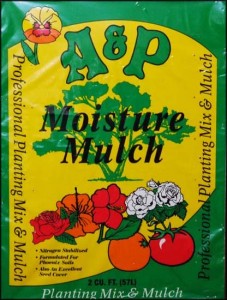 A&P Moisture Mulch
A&P Moisture Mulch Bedding Plant Food
Bedding Plant Food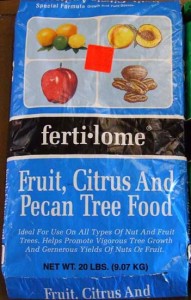 Fruit, Citrus and Pecan Tree Food
Fruit, Citrus and Pecan Tree Food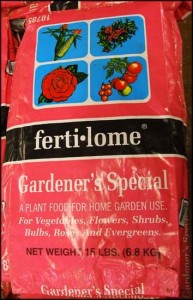 Gardener’s Special
Gardener’s Special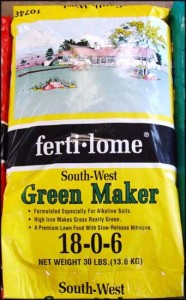 Green Maker
Green Maker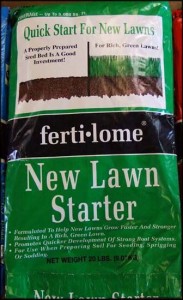 New Lawn Starter
New Lawn Starter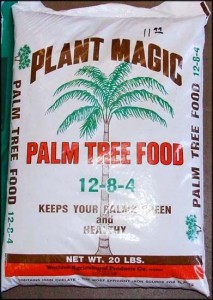 Palm Tree Food
Palm Tree Food Root Stimulator
Root Stimulator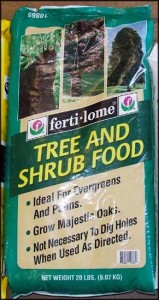 Tree & Shrub Food
Tree & Shrub Food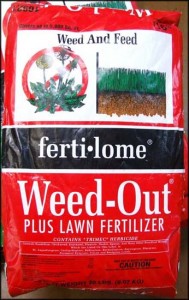 Weed-Out Lawn Fertilizer
Weed-Out Lawn Fertilizer

